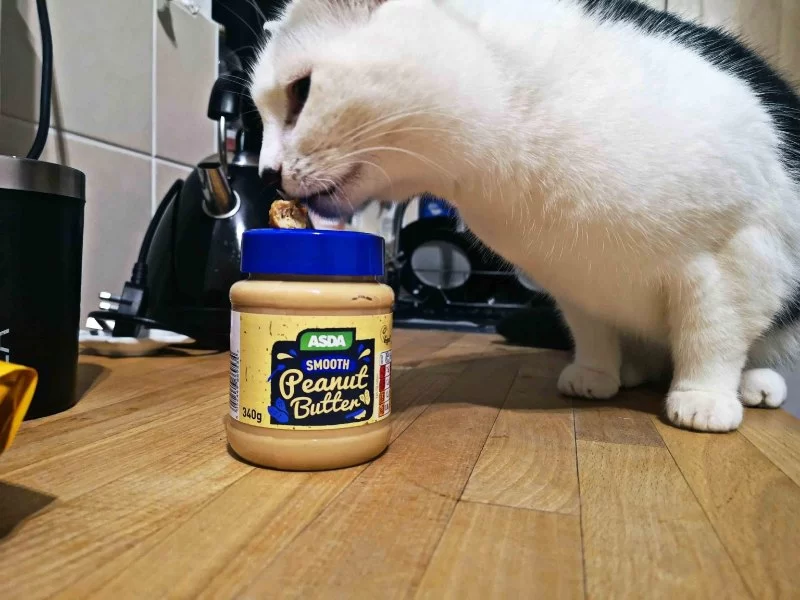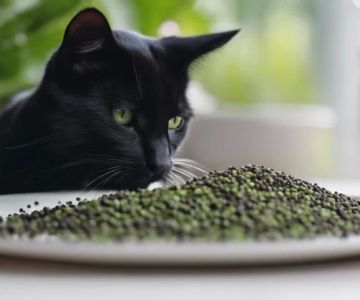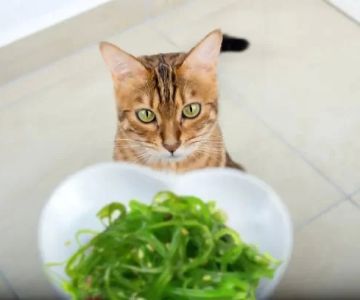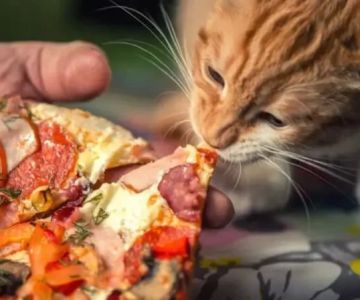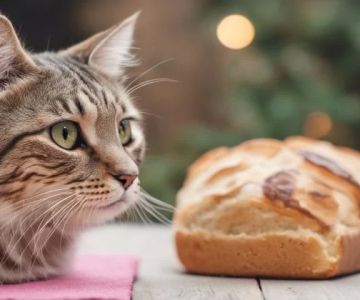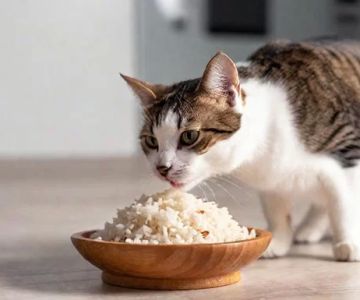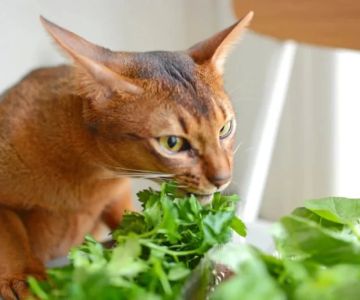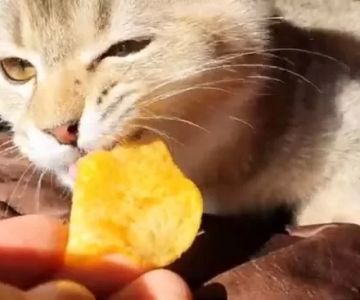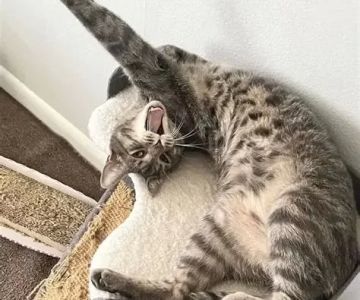Can Cats Eat Peanut Butter Flavored Treats?
- Is Peanut Butter Safe for Cats?
- Benefits of Peanut Butter for Cats
- Risks of Peanut Butter for Cats
- Alternatives to Peanut Butter Treats for Cats
1. Is Peanut Butter Safe for Cats?
As a cat owner, it’s natural to wonder if certain foods are safe for your feline companion. Peanut butter flavored treats might be tempting to offer, especially since peanut butter is a popular treat for humans. But when it comes to cats, is peanut butter a safe option? While peanut butter isn’t inherently toxic to cats, it’s important to understand the potential risks and whether it should be a regular part of their diet.
1.1 What Peanut Butter Contains
Peanut butter is primarily made up of peanuts, oil, and often sugar or salt. While peanuts themselves are not harmful to cats, the added ingredients, such as salt and sugar, can cause problems. High salt content can lead to kidney damage over time, and excessive sugar can contribute to obesity and diabetes, both of which are significant concerns for cats.
1.2 Cats and Dairy in Peanut Butter
Some peanut butter brands may also contain dairy-based ingredients or artificial sweeteners, such as xylitol, which can be extremely toxic to cats. Xylitol is highly dangerous, even in small amounts, and can lead to severe health issues, including a drop in blood sugar and liver failure. Always check the ingredient list before offering peanut butter to your cat.
2. Benefits of Peanut Butter for Cats
Despite some of the risks, there are a few potential benefits to giving your cat peanut butter, but these benefits should be weighed carefully against the risks.
2.1 A High-Protein Treat
Peanut butter is a good source of protein, which is essential for your cat's muscle growth and repair. Protein is an important component of a cat’s diet, and offering a small amount of peanut butter occasionally could provide a supplemental source of protein. However, keep in mind that cats are obligate carnivores, and the primary source of protein should always come from animal-based products.
2.2 Enrichment and Training Tool
Peanut butter can also serve as an enrichment tool, helping you engage your cat in training sessions or mental stimulation activities. You can use it to entice your cat to learn new tricks or to keep them occupied with a puzzle feeder. This can be a great way to bond with your cat and provide them with some entertainment, but it should be done in moderation.
3. Risks of Peanut Butter for Cats
While there are some potential benefits to giving your cat peanut butter, there are significant risks that should not be overlooked. It’s crucial to be aware of these risks to make an informed decision about whether or not peanut butter should be part of your cat's diet.
3.1 Obesity and Weight Gain
One of the biggest risks of giving your cat peanut butter flavored treats is the potential for weight gain. Peanut butter is calorie-dense, and cats who consume it in large quantities may gain weight rapidly. Obesity in cats can lead to a range of health problems, including joint issues, diabetes, and heart disease. Even a small amount of peanut butter should only be given occasionally and in very limited quantities.
3.2 Digestive Issues
Peanut butter is rich in fat, which can be difficult for cats to digest in large amounts. Excessive fat consumption can lead to stomach upset, diarrhea, or even more severe gastrointestinal issues. Some cats may have a sensitive stomach or food allergies, and peanut butter could exacerbate these issues.
3.3 Risk of Choking or Obstruction
Peanut butter has a thick, sticky texture that could pose a choking hazard, particularly if your cat attempts to swallow it too quickly or without chewing. It's important to ensure that any peanut butter you offer is spread thinly and not in large clumps. Furthermore, feeding peanut butter in excess may lead to intestinal blockages, especially if your cat consumes a lot of it in a short period.
4. Alternatives to Peanut Butter Treats for Cats
If you’re concerned about the risks associated with peanut butter flavored treats, there are several safer alternatives you can offer to your cat. These alternatives provide a healthy and enjoyable treat experience without the potential dangers of peanut butter.
4.1 Cat-Specific Treats
The best option for treating your cat is to choose treats specifically made for cats. These treats are formulated to meet their nutritional needs and are free from harmful ingredients like sugar, salt, and dairy. Look for high-protein, low-fat treats that contain real animal-based proteins like chicken, turkey, or fish.
4.2 Homemade Cat Treats
If you prefer to make your own cat treats, there are many simple recipes you can try. For example, you can bake treats using tuna or chicken, and you can even add cat-friendly herbs like catnip for extra enjoyment. Making homemade treats allows you to control the ingredients and ensure that they’re healthy for your pet.
4.3 Natural Chews
Natural chews, such as dehydrated meat strips or rawhide-free chew toys, can be a great way to satisfy your cat’s need for a treat without exposing them to unnecessary sugars and fats. These options are also excellent for promoting dental health as they help clean your cat’s teeth while they chew.
If you’re looking for more information on healthy pet treats or want to find the best options for your cat, visit Hidden Brook Veterinary. We offer a variety of cat-friendly products designed to keep your furry friend happy and healthy without compromising their diet.

